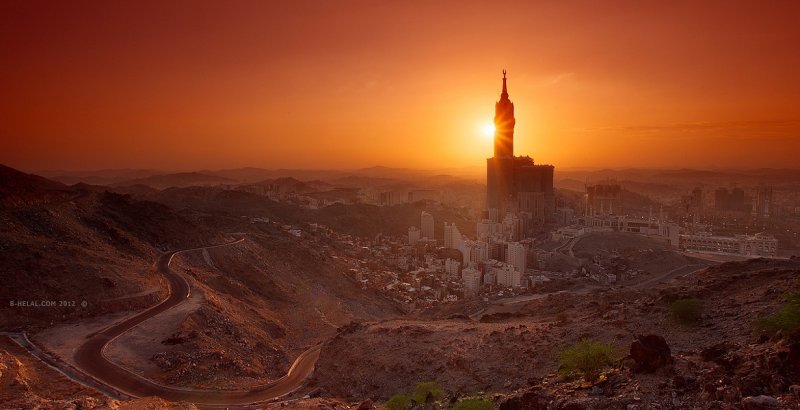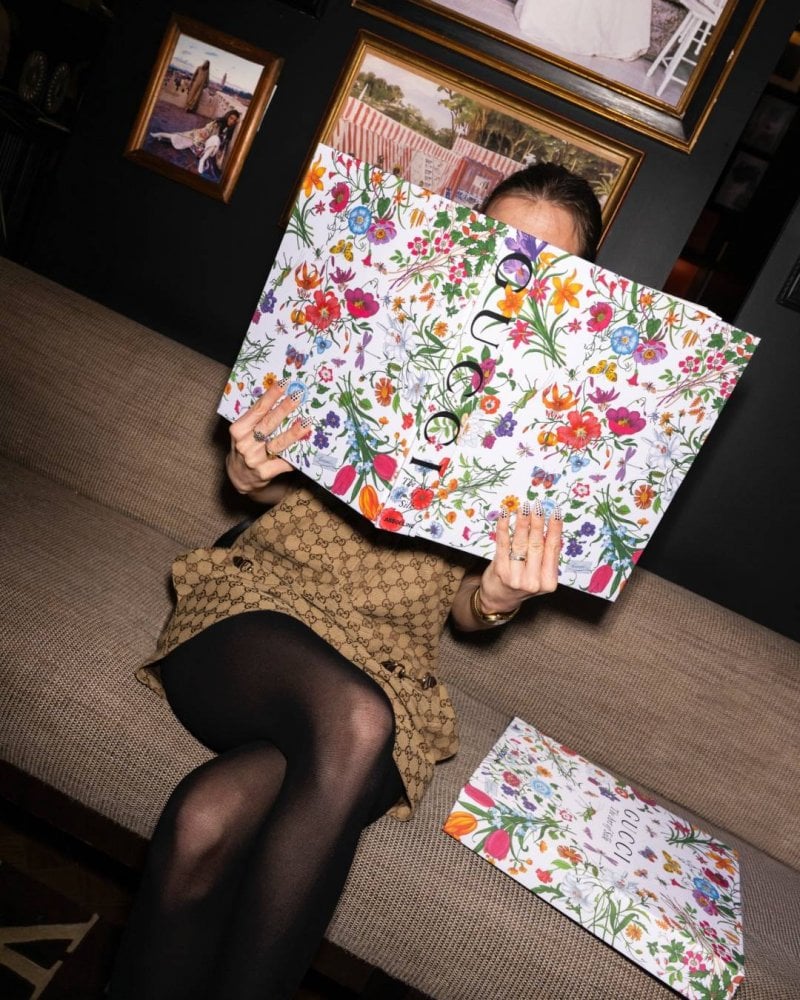During the Holy month of Ramadan, copious food, family gatherings and celebrations welcome the most meaningful time of the year in the Islamic calendar. But have we ever wondered what does “Ramadan” mean and what are the traditions of celebrating it in other Arab countries?
In Arabic, the roots of “Ramadan” are “Ramida” or “ar-ramad”, which translates into scorching heat or dryness. Every Arab country has its own traditions and ways of practicing Ramadan, which ranges every year from 29 to 30 days and begins with the first visual sighting of the crescent moon. With the beginning of Ramadan on June 6th this year, AzyaaMode invites you to look below at the various traditions practiced across the Arab World.

In Saudi Arabia:
- Since the two Holy Mosques are located in this country, Saudi Arabia has a unique spiritual atmosphere during Ramadan.
- Every day during Ramadan, Iftar takes place at a different family member’s house according to age. The turn is crescendo.
- Saudi nationals begin their Iftar with water and dates to gradually fill their stomach after a long dayfasting.
- When the sunset prayer starts, people go to pray and stop eating until the prayer is over to regain their seats and have Iftar.
- The Iftar starts with a plate of beans with olive oil and another one with yogurt and eggs.
- The most famous Ramadan sweets in Saudi Arabia are: Kenafa with cream, Qatayef with cream and Basbusa.

In Egypt:
- Iftar is usually held at the house of the family’s eldest member.
- Egyptian streets are decorated with lanterns hung on the doors of every house and shop welcoming the Holy Month with joy and peace. Lanterns have historical significance since they were used at night to go to mosques.
- Before the sun rises, children accompany a “Masaharati” to wake up the village’s habitants so they can eat before the fasting day starts.
- Egypt is renowned for the delicious dishes “Khchaf” (a mix of dates, figs and many other fruits), stuffed vine leaves and a chicken and potatoes dish.

In Tunisia:
- An atmosphere of festivities welcomes Ramadan in Tunisia, as the streets, houses, and mosques minarets are decorated with lanterns and ribbons.
- “Haririyya” is a renowned Ramadan dish, in addition to the grilled vegetables salad with a olive oil and spices dressing.
- Famous Tunisian Ramadan dishes are “Buraik” (big pies stuffed with chicken and meat) and “Cuscus”.
- After the “Taraweeh prayers”, the believers sit in circles to pray verses from the Holy Quran and listen to the explanation.
- Tunisian Ramadan festivals are held in tents adding a magical atmosphere to this Holy month.
- A “Massharati” wonders before the sun comes out in the streets to wake up the village’s habitants so they can eat before the fasting day starts.

In United Arab Emirates:
- Ramadan festivals held in tents distinguish this country, as people come from every corner of the world to shop for Eid and enjoy the joyful atmosphere. Children enjoy special games program.

In Iraq:
- Preparations for Ramadan begin with grocery shopping, especially in Bagdad where buying grocery from “Souk AL Shourja” is a tradition.
- A sprit of love and affinity reigns thanks to the numerous visits between families, friends and neighbors.
- With Ramadan comes a traditional game called “Al Mouhaybes” held in coffee shops.

In Kuwait:
- The Kuwaiti people evoke the past with all its beautiful details, from traditional costumes and dishes to special Ramadan celebrations.
- The day of “Al-Kareesh” is the last day before Ramadan where all the family meets for lunch before they start fasting.
- Every day, children gather around the cannon and cheer with joy when it is fired indicating the time to eat after the long fasting day.
- “Al-Harees” is the most important dish during Ramadan and is made of mashed wheat with meat, to which a mixture of sugar and butter with cinnamon is added.

In Morocco:
- “Harira” is the special soup served to break the fast in Morocco.
- Drummers roam the streets in the early morning before the fast begins to wake people up.

In Syria:
- The Holy month in Syria is celebrated by decorating the houses, shops and streets with lights.
- “Maarouk” is a special bread Syrians eat during Ramadan.The renowned Syrian dishes during Ramadan are: Fatouch, Tabboula, Kebbeh, Fatayer and a homemade juice called Irq as-sus.
- In this country, a tradition consists of listening to stories narrated by a specialized storyteller.











